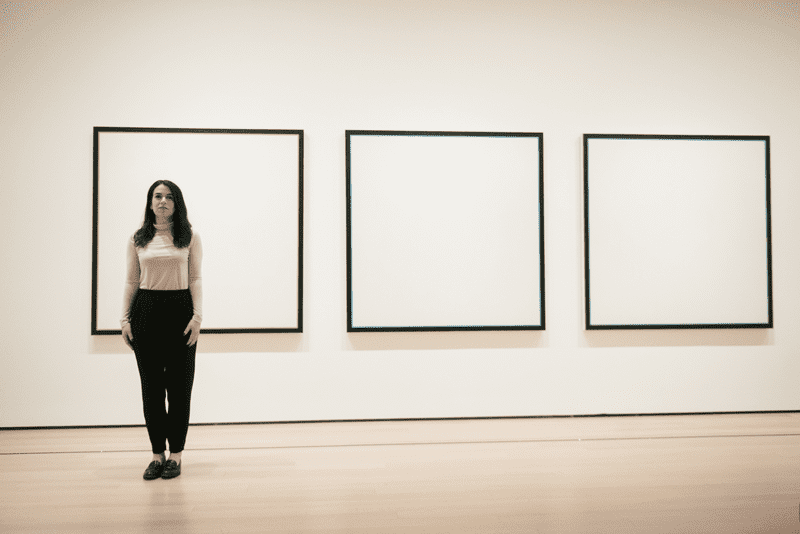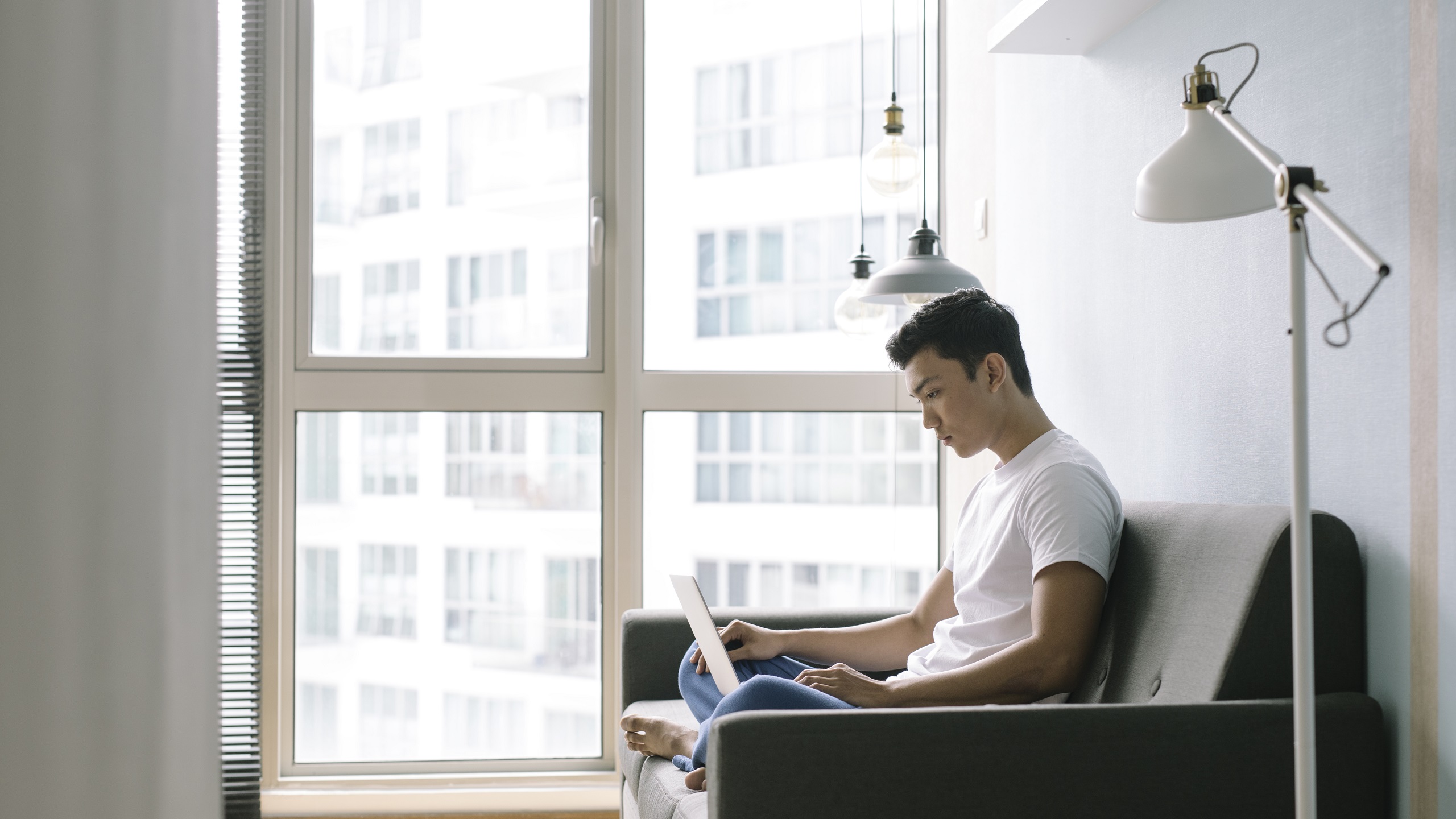The Art of Minimalism: Developing a Balanced and Tranquil Living Setting
The Art of Minimalism: Developing a Balanced and Tranquil Living Setting
Blog Article
Comprehending Minimalism: Strategies for Reducing Mess and Enhancing Quality in Everyday Living
Minimalism is progressively identified as a practical approach to improving clearness and emphasis in today's chaotic world. By systematically examining our ownerships and focusing on intentionality, we can produce rooms that not only mirror our values however also advertise mental well-being.
Specifying Minimalism and Its Advantages
Defining minimalism entails comprehending it as a way of living choice that highlights simpleness and intentionality in both day-to-day regimens and physical possessions. At its core, minimalism motivates people to prioritize what truly matters, permitting a more purposeful and focused existence. By stripping away the non-essential, minimalism invites individuals to involve deeply with their surroundings and experiences.
The advantages of adopting a minimal strategy are complex. It promotes psychological quality, as reducing mess in one's environment can lead to reduced disturbances and stress and anxiety. When surrounded by less ownerships, people often report enhanced concentration and improved productivity. Secondly, minimalism promotes financial flexibility; by prioritizing demands over desires, people can make more enlightened purchasing decisions, resulting in possible financial savings and reduced financial debt. In addition, a minimalist way of living can generate emotional advantages, as it encourages people to grow gratitude for what they have as opposed to yearning for much more.
Inevitably, minimalism is not just regarding material reduction but entails an all natural change in perspective, fostering a life identified by equilibrium, fulfillment, and objective. Accepting this way of living can result in extensive changes in how people communicate and perceive with the world around them.
Evaluating Your Present Clutter
Mess typically shows up as an overwhelming accumulation of things that no longer serve a function, creating an obstacle to achieving a minimalist lifestyle. To effectively examine your current mess, it is important to take on a methodical approach. Begin by identifying the locations in your space that really feel chaotic or frustrating. Make note of certain categories of items, such as apparel, publications, or kitchenware, as this will certainly aid you comprehend the scope of the mess.

Furthermore, think about the frequency of use for each item. Inevitably, recognizing your existing clutter is a critical action toward embracing minimalism and enhancing quality in your everyday living.

Practical Decluttering Techniques
Having examined your current clutter, the following step is to execute useful decluttering techniques that facilitate an even more organized living area. Minimalism. One effective method is the "Four-Box" strategy, where you assign 4 boxes classified: maintain, contribute, trash, and relocate. This approach urges fast decision-making and makes sure products are categorized appropriately
One more method is the "One in, One out" guideline, which stipulates that for every single brand-new product gotten, an existing product must be removed. This concept helps maintain equilibrium and avoids build-up with time. Additionally, consider the "30-Day Minimalism Video Game," where you get rid of one thing on the very first day, 2 on the second, and so forth, cumulatively cultivating a sense of success.
For those that have a hard time with emotional add-ons to belongings, the "Nostalgic Value" approach can be beneficial. Restriction on your own to a specific variety of valued things, enabling you to appreciate their significance without overwhelming your area. Lastly, develop a regular decluttering timetable, whether monthly or seasonally, to keep a clutter-free atmosphere. By using these techniques, you can produce an extra serene and effective space, inevitably enhancing quality in your daily life.
Producing Willful Rooms
Developing willful rooms entails a why not try these out thoughtful technique to just how we layout and arrange our settings, ensuring each location offers a specific function and reflects our values. This technique is important in cultivating a sense of clarity and purpose in our lives. By seriously analyzing the function of each area, we can get rid of disturbances and boost our overall well-being.
To create willful areas, begin by identifying the primary activities that will certainly take place in each area. As an example, a home office should be designed to cultivate efficiency, incorporating elements such as ample lights, comfortable furnishings, and minimal distractions. In comparison, a leisure area need to promote tranquility, including calming colors and comfortable seats.
Furthermore, think about the emotional impact of your environments (Minimalism). Incorporating individual things that resonate with your worths, such as artwork or plants, can enhance the link to your room. Routinely review these atmospheres to guarantee they remain to serve their desired function as your demands develop
Ultimately, developing deliberate rooms is concerning making mindful choices that line up with your way of life, advertising harmony and effectiveness in your living and functioning settings.
Maintaining a Minimalist Mindset
Accepting a minimal way of thinking calls for recurring representation and intentionality in our ideas and activities. Set aside time to assess your commitments, possessions, and also digital web content, guaranteeing they straighten with your core concepts.
This change in perspective urges gratitude for simpleness, boosting overall health. Including mindfulness strategies, such as reflection or journaling, can further enhance a minimalist state of mind by promoting clearness and lowering mental clutter.
Furthermore, establish boundaries to protect your time and power. his comment is here Learn to say no to non-essential responsibilities and distractions that do not contribute to your personal growth. Border yourself with like-minded people that sustain your minimal journey, as shared worths can enhance inspiration and accountability.
Verdict
In verdict, welcoming minimalism provides significant advantages, consisting of minimized mess and improved quality in life (Minimalism). By methodically assessing properties and executing practical decluttering strategies, individuals can develop intentional areas that promote mindfulness and gratitude. Preserving a minimal way of thinking needs recurring evaluation and commitment to simpleness, ultimately resulting in an extra focused and satisfying way of living. The concepts of minimalism function as beneficial devices for growing an environment that supports personal development and health.

Furthermore, take into consideration the "30-Day Minimalism Video Game," where you remove one thing on the first day, two on the 2nd, and so forth, cumulatively cultivating a feeling of success.
In final thought, accepting minimalism supplies substantial advantages, consisting of lowered mess and enhanced clarity click this site in daily life.
Report this page